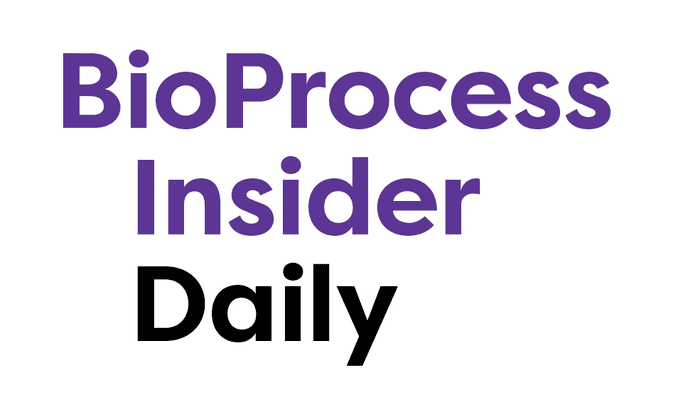
Our BioProcess Insider editorial team is at Biotech Week Boston 2024 to bring you some of the most pertinent coverage from across the conference hall and exhibition floor.
Follow our coverage throughout the event!
Post-pandemic dip: Panelists discuss CGT challengesPost-pandemic dip: Panelists discuss CGT challenges
Experts call for better analytics, customization, R&D, and strategic investments as cell and gene therapies struggle with funding challenges and complex manufacturing needs.

The cell and gene therapy (CGT) sector is grappling with multiple challenges in the post-pandemic era. Despite a partial recovery this year, the financial landscape remains difficult, further strained by limited R&D advancements, insufficient business analytics, and lack of customized platforms suited to CGT demands.
Industry experts in conversation with BioProcess Insider at Biotech Week Boston (BWB) 2024 noted a significant industry-wide dip in investments post 2020. The decline was especially pronounced for CGTs, moving away from previous investment approaches.
From “2015 to 2019 there was a big, wild, wild west investment approach to CGTs. Everybody wanted to get in. Money was flowing very well,” said Renee Hart, chief business officer (CBO) of cell analysis tech firm LumaCyte.
“At the time”, she continued, “the challenge was – the industry’s unfamiliarity with the biological effects of these products, their potency in process development and manufacturing, along with their clinical outcome. This hurt the industry dramatically.”
Drawing parallels to innovation in other modalities, Olivier Loeillot, the recently installed CEO of bioprocess vendor Repligen, emphasized the need to learn from the past.
“During the early 2000s, peptides, particularly oligonucleotides, and antibody drug conjugates (ADCs) were branded as a revolution. But then there came a dip right after the first three to four years because the industry realized it was more complex than what they saw. There were a ton of challenges in terms of R&D, making the economic model viable for the pharma companies, regulatory constraints, etc.” he told attendees.
“But look at ADCs now. What's happening in [CGT space] is similar to what happened in the past with ADCs, which are starting to pick up. We're now probably going to see this one climbing for the next five to ten years. I think the same is going to happen with CGTs.”
The panelists agreed that, unlike other modalities like monoclonal antibodies (mAbs), which have benefited from years of established manufacturing practices, CGTs face challenges because a one-size-fits-all approach is inapplicable here.
As Loeillot explained, “The industry must go from being non-customized to customizing every single product. What is needed is to have a common platform for your products that is going to be 80 - 90%, and the remaining 10% can be customized as per the requirements.”
Analytical needs
Another challenge highlighted by the panelists was the lack of robust analytics due to which early-stage developers were often ill-prepared to measure potency and clinical relevance of their therapies.
Hart said, “It's actually very sad, because I don't think CGT developers [in the past] would have failed if they had better analytics – if they could understand the business outcome above and beyond viability and cell count.”
Using the allogeneic cell therapy space as an example, she explained, “The market was hurt very badly. It witnessed a 50% to 70% failure rate in manufacturing because healthy donors had variabilities, despite being young and meeting all the questionnaire requirements for inclusion, two out of five therapies [using the donor data available], would be the successful in manufacturing therapies for patients.”
The full BWB panel discussion can be found below:
About the Author
You May Also Like







